Visiting Hungary and wondering how the public transport in Budapest works?
If you’re an American and this is your first time in Europe there’s something you may have noticed. Europe is tiny compared to the United States. A six-hour drive could have you crossing multiple countries, and, thanks to the joys of the Schengen agreement you wouldn’t even notice!
Not only is it small, but European cities have made their best efforts to become accessible for all; car or no car! This means the cities are often walkable, and if you don’t feel like walking there’s usually a fantastic public transport system in place. Budapest is no exception. Budapest’s public transport is cheap, easy to navigate, and simply a great way to get around the city.
If you’re daunted by the thought of using public transport in a foreign country, fear not! This handy guide to Budapest public transport will tell you all you need to know about exploring this dazzling city.
Table of Contents
Public Transport in Budapest
Please note – Some of our selections contain affiliate links which allow us to earn a small percentage every time you make a booking. Using our links helps us keep Just a Pack running, and allows us to provide all the information found on this site free of charge. Happy travels!
Getting From Budapest Airport to the City
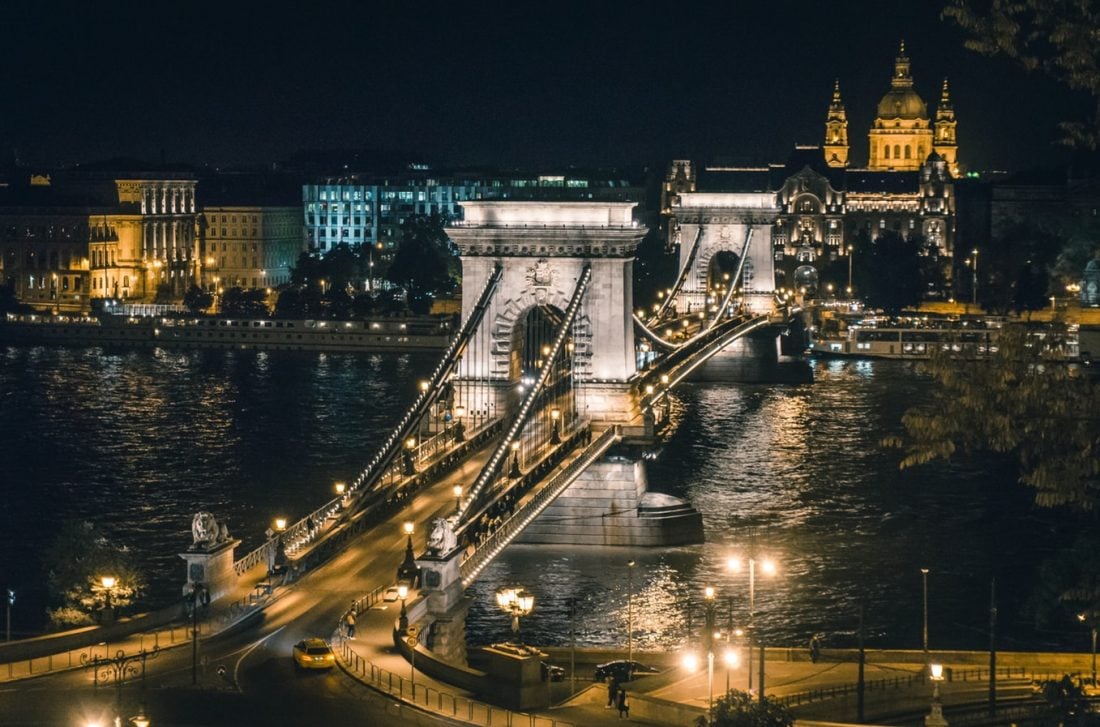
Your first voyage onto Budapest public transport will probably be from the airport. Airports in Europe are often placed quite far out of the city, and as a result you will need to start navigating the public transport almost as soon as you arrive.
It may seem tiresome, but no worries. Public transport from Budapest airport to the city center is convenient and easy.
A Word About Budapest Airport – Budapest Ferenc Liszt International Airport
Budapest airport technically has two terminals, however, Terminal 1 is not in use. Terminal 2 is split into 2A and 2B. 2A is for flights to and from the Schengen area, and 2B is for all non-Schengen destinations. The two sides of the terminal are connected by a hallway, so you can walk between them with ease (and hopefully without getting lost!).
Airport Bus: 200E
The first bus between Budapest airport and the city center is the 200E. One of the great things about this bus is that you do not need a special ticket – a typical public transport ticket will do just fine (more about those later!). If that’s not awesome enough, it runs 24 hours; so whatever time you find yourself in Budapest you can get to the city no problem!
The 200E runs from the airport to Nagyvarad Ter, stopping also at Kobanya-Kispest, and Nepliget metro stations. From Nagyvarad Ter, take the metro line M3 to the city center (on weekends a rail replacement bus will run instead).
Airport Bus: 100E
The second bus between Budapest airport and the city center is the 100E. It runs between 3:40-00:40 about every twenty minutes and takes you right to Deak Ferenc Square – a great location since this is where 3 out of the 4 metro lines intersect! For this bus, you must purchase a special ticket for 900HUF (about $3).
Other Transport from the Airport
If you’re feeling a bit too tired and jet-lagged to navigate the buses, there are other options available. There is a shared minibus that will drive you to any location in the city for as little as 6115HUF ($20). If you would rather climb into a taxi, the fare from Budapest airport to the city should be around 7400HUF ($24). If you want private transfer but want to skip the taxi lines you can opt for an eco-friendly private car for around 13600HUF ($40).
Using Budapest’s Metro
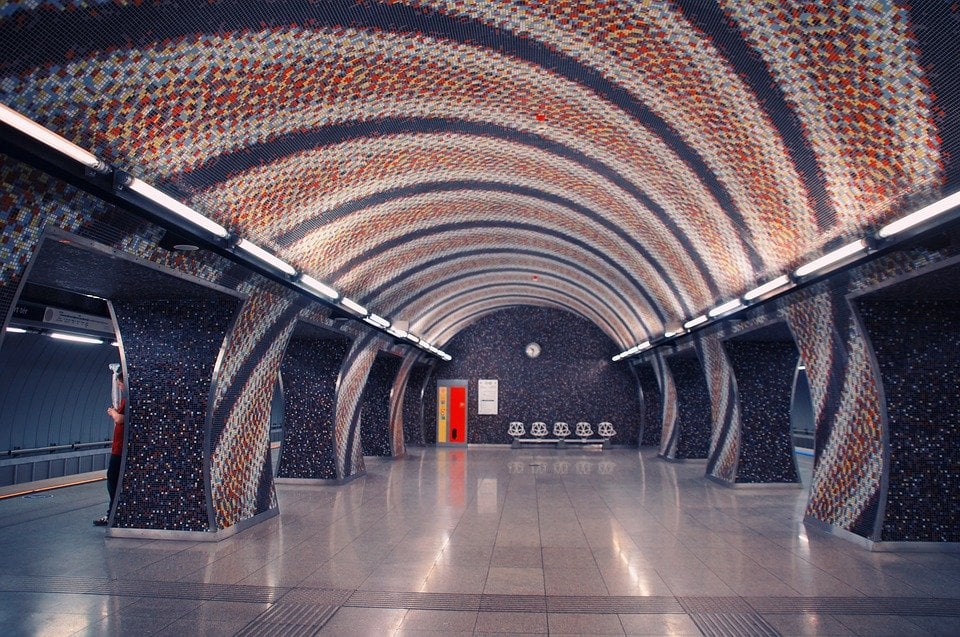
If you’ve spent time navigating a huge urban jungle like New York or London, Budapest Metro will be a piece of cake for you. Consisting of just four lines, it’s super easy to understand. Plus, it’s a lot calmer and safer than bigger cities – just exercise a normal amount of caution for pickpockets.
The metro runs from 4:00-23:00 and depending on the time of day trains come every 2-15 minutes. If you’re exploring late at night, night buses and trams will get you to where you need to go.
The Yellow Line (M1) is the oldest line on the Budapest metro and will take you to many of the top tourist attractions in Budapest. It stops at the opera house, city park, chain bridge and heroes square.
The Red Line (M2) is also useful for tourism – stopping at the parliament building (Kossuth Square), fisherman’s bastion (Batthyány square) and the great synagogue (Astoria). This line also links the Buda and Pest side of the city, so a great option if you want to avoid the crowds on the bridges.
The Blue Line (M3) is especially useful for anybody getting the airport bus, as these buses drop you off right at M3 metro stations (Kobanya Kispest and Nagyard Ter).
Lines M1, M2, and M3 all intersect at just one place – Deak Ferenc Square. This makes this stop on the Budapest Metro a great central point for travelling all over the city!
The Green Line (M4) connects the two main railway stations, Keleti and Kelenfold. This is the newest line on the Budapest Metro and is currently the only line that is fully accessible for disabled passengers. Some stations on the other lines are accessible, but not all.
For full information about accessibility on Budapest public transport check bkk.hu.
Budapest Metro Tickets
This part is important! Just like many European cities, it is completely possible to enter the Budapest metro (or buses and trams) without purchasing a ticket, or without validating your ticket. Don’t be fooled, however, plain clothes inspectors can show up anywhere at any time, and are rarely forgiving to tourists without a valid ticket. If you do receive a fine, on the spot is 8000HUF ($26) or 16000HUF ($52) if you choose to pay later. If you pay on the spot, the inspector must give you a receipt.
With the scary part out of the way, it’s time to explain a little more about Budapest metro tickets. These tickets are also valid on Budapest trams, Budapest buses, and the Budapest ferry (weekdays only).
Ticket prices are as follows:
- Single: 350HUF ($1.15)
- Block of 10 tickets: 3000HUF ($10)
- Transfer ticket: 530HUF ($1.70)
- 24-hour travelcard (unlimited journeys within the time period): 1650HUF ($5.40)
- 72-hour travelcard: 3300HUF ($10.75)
- 7-day travelcard: 4950HUF ($16)
You can buy tickets from street stands and newsagents. Vendors here often don’t speak English, so it can be helpful to have the Hungarian translation of the type of ticket you want written down. There are also ticket machines located at many Budapest metro stations and Budapest tram stations. These touch-screen gadgets have an English option, allowing you to easily purchase your desired ticket.
So, now you’ve bought your ticket, it’s time to ride the metro, no problem, right? Wrong! Don’t forget to validate your ticket!
Many tourists on Budapest public transport are caught out by this step. They buy a ticket, honestly believing that they are now able to ride the metro, then find themselves at the mercy of a ticket inspector and paying a fine. How do you avoid this rookie mistake? It’s easy! In all metro stations you will see small orange boxes. Slide your ticket into the black slot. You’ll hear a sound, and your ticket is activated!
Budapest Metro Map
At first glance, the Budapest metro map can seem daunting and confusing. This is because it shows you not only the four metro lines, but the suburban rail lines and the ferry line also. Not to fear, once you figure it out; it’s super easy to understand.
The Budapest metro map shows all four of the metro lines and the name of the station is clearly displayed. To use the map simply find your starting station and ending station. A good tip is to check the final station of the line in the direction you’re heading, this will tell you which direction you need to go on the metro – and from there you can figure out which platform to head to. You can find the Budapest metro map in all metro stations.
To help you out even more, there is a mini version of the Budapest metro map on all trains. These mini maps will usually just show the line that you are traveling on, so you can keep track of how many stations you have left to go.
Most stations will also have clearly labeled exits that tell you which street it leads to, so it’s easy to figure out your direction when you leave the station too! When exiting the metro, you do not need to re-validate your ticket. You can throw it in the trash (unless you have a multi-trip pass or a transfer ticket).
Budapest Trams
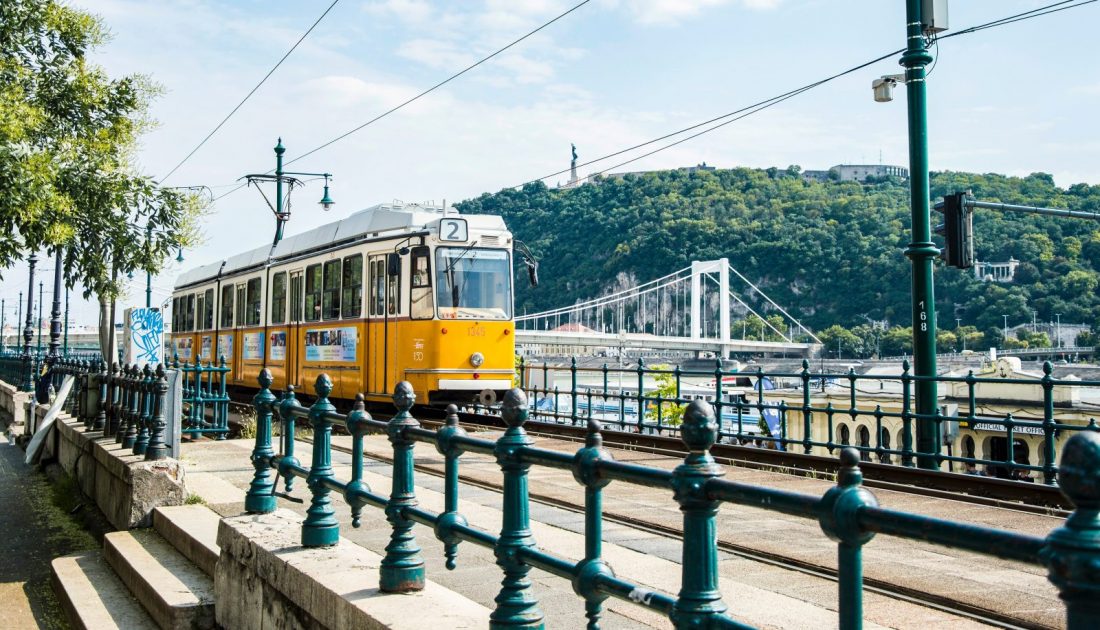
The Budapest trams are one of the best ways to get around and see the city. They’re quick, cozy, and can take you to wherever you need to go. As well as the trams, there are also many buses taking you to all the farthest corners of the city.
There are over 30 tram lines running through Budapest, so to describe everything about Budapest trams you’d need a whole separate article. However, there are three major tram lines that can take the average tourist everywhere they need to go – the 2, 4, and 6.
Tram line 2 takes you along the Pest side of the Danube, stopping at great tourist spots such as the chain bridge, the Hungarian parliament, and the central market hall. Since it takes you along the riverbank, it can make for a cheap sightseeing tour! The tram itself is old and quaint, you can really feel like a local as you cruise along.
The 4/6 tram line is apparently the busiest tram line in Europe. Every day, locals and tourists alike ride it back and forth to get to work, run errands, or find a good bar! If your hostel is in the seventh district, it’s likely you’ll have to use this line at least once. It crosses the Danube a couple of times on its loop and is a great way to travel with locals. Tram 4 and 6 follow pretty much the same route until the last few stations, so for most journeys it won’t matter much which one you take.
Unlike the metro, Budapest trams and buses run throughout the night. Riding the tram at night is generally safe, although you’ll encounter a little more rowdiness than during the day.
There are many buses and trams running in the city, so if you want to master journey planning on Budapest public transport, download the BKK Futar application.
More on Budapest Public Transport
Ferry Rides in Budapest
If you really want to take the scenic route, look no further than the ferry. The ferry takes you through many of the attractions that are found on the banks of the Danube, and at 750huf ($2.50) it’s another way to get yourself a cheap sightseeing tour. On many of the ferries you can bring food and drink, and some even have a bar serving champagne!
Taxis in Budapest
If you counted all the tourist scams in the world, taxis would surely be the most common. Countless tourists in popular destinations have found themselves overcharged. Luckily, the Hungarian government has put in strict regulations to try and curb this lucrative tourist trap.
All taxis in Budapest are yellow. No exceptions. If it’s not yellow, it’s not a licensed taxi. By Hungarian law, all taxis must charge the same price. These prices are as follows:
- Base fare: 700HUF ($2.30)
- Price per kilometer: 300HUF ($1)
- Price per minute (waiting time): 75HUF ($0.25)
Despite these regulations, it’s still possible the odd taxi driver will try their luck and charge you a higher price, especially if they notice you’ve had a bit too much of a good time in the ruin bars. However, most taxis are honest and abide by the rules. If you’re still worried, try the application Taxify (similar to uber).
Budapest Card
If you’re planning on using Budapest public transport a lot and doing a lot of sightseeing, the Budapest Card might be perfect for you. The Budapest card offers entry to over 30 top attractions including many museums, entry to Lukacs bath, plenty of discounts; and free travel on Budapest public transport. All this is available at a very reasonable price: the 24-hour card costs a little under $25.
Getting Out of Budapest
When you’re ready to continue your Eurotrip, Budapest’s location in the heart of the continent makes it the perfect place to be. Coaches are available from Nepliget bus station to destinations all over Europe, and from Keleti trains to neighboring countries are running regularly. Since Europe is so small, it’s cheap and easy to get around by bus and train, and by the time you’ve factored in time spent checking in at the airport and going through passport control after you land; it can sometimes be even faster to get the bus.
So, that’s it for this round-up of Budapest public transport. We hope you’ve got all the information you need on Budapest metro and Budapest trams, and everything else in between. Safe and happy travels!
Like This Article? Pin It!





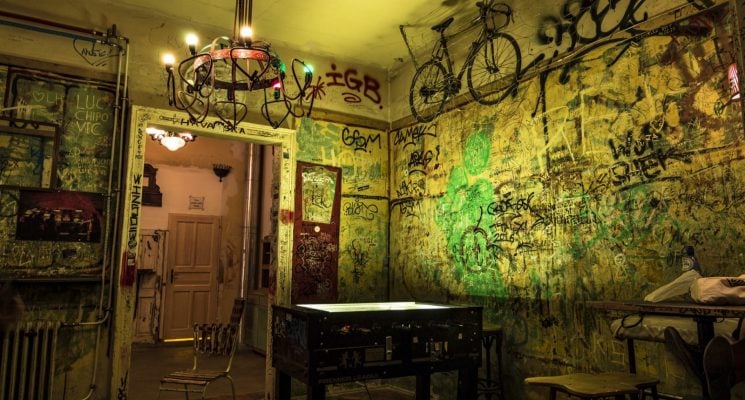
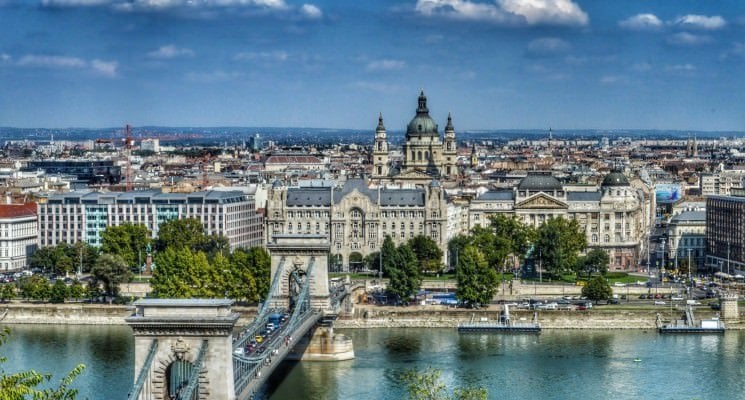

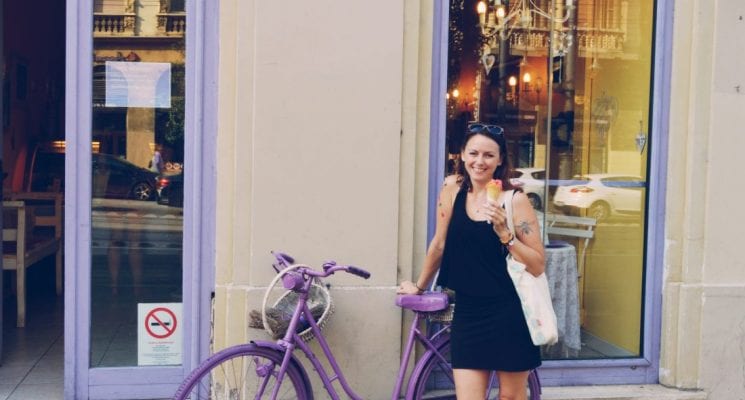

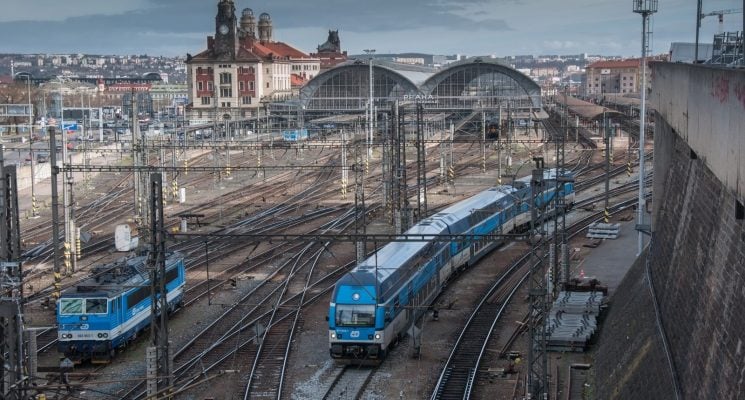



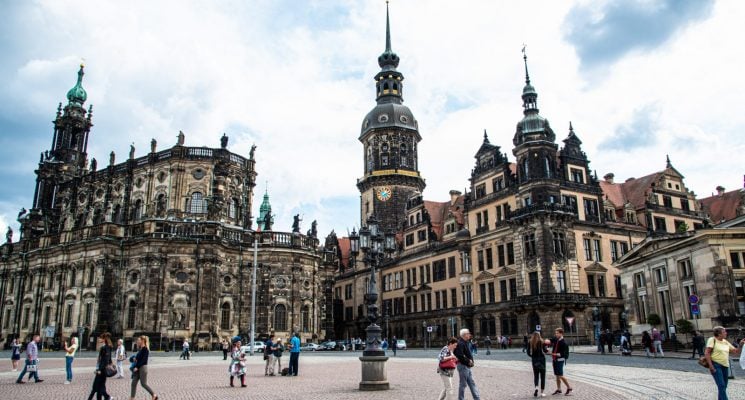




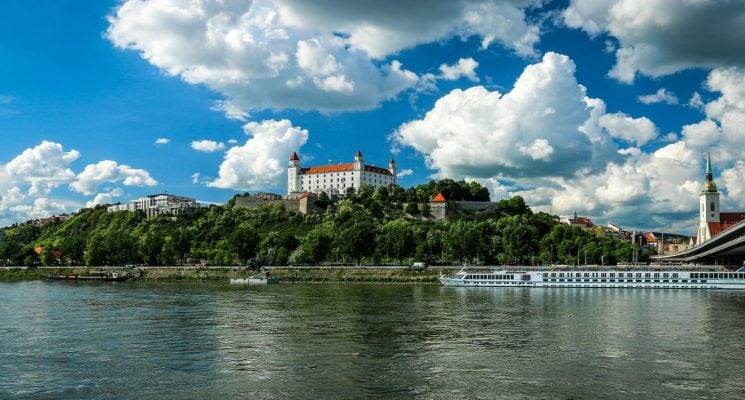

Comments